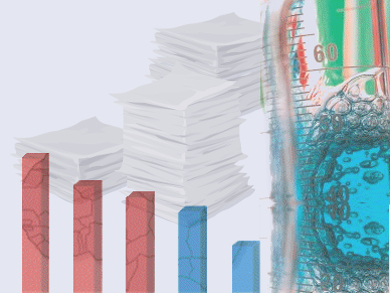Journal impact factors influence not only the publishing industry and libraries, but are also often used to make decisions on research funding and hiring and promotions of scientists.
Citation indices such as the impact factor were first mentioned in 1955 by Eugene Garfield. While they can be useful in some cases, such as helping libraries with purchasing and licensing decisions, they have taken on a life of their own over time. Understanding what they do and do not say about a journal, a researcher, or an article is therefore important for everyone involved in publishing scientific results.


References
- Impact Factors: Use and Abuse,
M. Amin, M. Mabe,
Int. J. Environ. Sci. Technol. 2004, 1, 1-6.
DOI: 10.1007/bf03325810 - Citation Indexes for Science: A New Dimension in Documentation through Association of Ideas,
E. Garfield,
Science 1955, 122, 108–111.
DOI: 10.1126/science.122.3159.108 - Thomson Reuters Journal Citation Reports (JCR)
Definitions of metrics used in the JCR
Also of Interest
- San Francisco Declaration on Research Assessment (DORA),
American Society for Cell Biology, 2013.
Recommendations to improve the ways in which the output of scientific research is evaluated by funding agencies, academic institutions, and other parties - The Impact Factor of Angewandte Chemie…︁,
P. Gölitz,
Angew. Chem. Int. Ed. 2015, 54, 4–6.
DOI: 10.1002/anie.201411579 - Impact factor statistics and publication practice: What can we learn?,
Michael Taborsky,
Ethology 2007.
DOI: 10.1111/j.1439-0310.2007.01329.x - 2014 Impact Factors of Chemistry Journals
- 2014 Impact Factors of ChemPubSoc Europe Journals
- 2014 Impact Factors of ACES Journals



